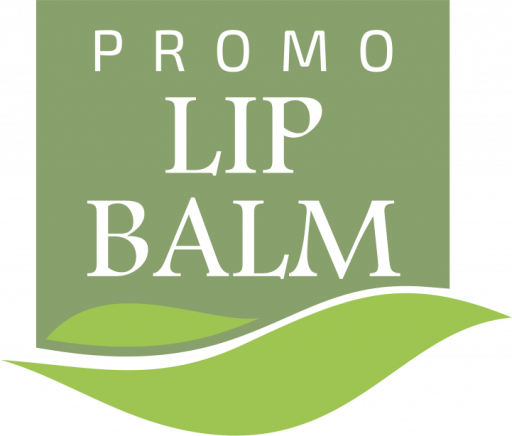The lip balm industry has seen consistent growth, driven by increasing consumer awareness of lip care and the demand for natural, organic, and innovative formulations. If you’re passionate about skincare and want to turn that passion into a profitable business, starting your own lip balm brand could be a great opportunity.
In this guide, we’ll walk you through everything you need to know to start a successful lip balm business—from product formulation to branding and sales.
1. Identify Your Niche and Target Market
Before diving into production, you need to determine your target audience and niche. Some popular niches in the lip balm industry include:
- Organic and natural lip balms – Consumers are becoming more conscious about ingredients and prefer products free of harmful chemicals.
- Medicated lip balms – Products like the Carmex lip balm stick are popular for treating chapped lips.
- Sunscreen lip balms – A great option for outdoor lovers, such as a formula that includes natural zinc sunscreen.
- Luxury lip balms – High-end ingredients like shea butter, essential oils, and unique flavors attract premium buyers.
- Tinted lip balms – A blend of lip balm and lip color for those who want hydration with a hint of color.
Understanding your niche will help you tailor your brand and marketing efforts to the right audience.
2. Create a Unique Formula
Developing a high-quality formula is crucial for standing out in the market. Your lip balm should be effective, safe, and appealing. Some common ingredients include:
- Base oils and butters – Shea butter, coconut oil, cocoa butter, and almond oil for deep hydration.
- Waxes – Beeswax or plant-based waxes for structure and smooth application.
- Essential oils and flavors – Mint, vanilla, citrus, and berry flavors enhance appeal.
- UV protection – Adding natural zinc sunscreen can make your lip balm more versatile for outdoor use.
You can experiment with different formulations or work with a manufacturer that offers customization to bring your ideal product to life.
3. Choose Your Packaging
Lip balm packaging plays a big role in branding and customer appeal. Some popular options include:
- Lip balm sticks – Classic and convenient, like the lip balm Vaseline stick.
- Spheres – Unique and stylish, similar to the EOS organic lip balm sphere.
- Tins and jars – Vintage-style packaging that allows for easy application.
Consider eco-friendly packaging options to attract environmentally conscious consumers.
4. Branding and Customization
Your brand identity is what will set you apart from competitors. Think about:
- A memorable name and logo – Choose something that reflects your product’s uniqueness.
- A strong brand message – Are you focusing on sustainability, organic ingredients, or dermatological benefits?
- Custom labeling – Adding your logo and branding to lip balm packaging enhances recognition.
If you plan to offer promotional lip balms for businesses, consider partnering with a supplier like Promo Lip Balm, which specializes in customizable lip care products for businesses and dental practices.
5. Comply with Regulations
Before selling your lip balm, ensure it complies with FDA regulations (or relevant authorities in your country). Requirements may include:
- Proper ingredient labeling
- Safety and stability testing
- Compliance with cosmetic manufacturing standards
If you’re adding sunscreen ingredients like natural zinc sunscreen, additional regulations may apply, so research thoroughly.
6. Manufacturing and Production
You have two main options for producing your lip balm:
- Make it yourself – If you’re starting small, you can create batches at home using high-quality ingredients.
- Work with a private-label manufacturer – This option is ideal if you want to scale quickly and ensure consistency.
Consider ordering samples to test different suppliers before committing to a partnership.
7. Set Up Sales Channels
Decide where you’ll sell your products:
- Your own website – Platforms like Shopify or WooCommerce make it easy to create an online store.
- Etsy and Amazon – Great for handmade or niche products.
- Local markets and events – A good way to introduce your brand to local customers.
- Wholesale to businesses – Offer bulk orders to spas, salons, or dental offices.
8. Marketing Your Lip Balm Business
To attract customers, you need a strong marketing strategy. Consider:
- Social media marketing – Platforms like Instagram, TikTok, and Pinterest are great for showcasing products.
- Influencer collaborations – Partnering with beauty influencers can expand your reach.
- Email marketing – Build an email list to update customers about promotions and new launches.
- SEO optimization – Ensure your website is optimized with keywords to attract organic traffic.
9. Expand Your Product Line
Once your lip balm brand gains traction, consider expanding with:
- Tinted lip balms
- Lip scrubs and treatments
- Seasonal flavors and limited editions
- Sunscreen-infused lip balms with natural zinc sunscreen
10. Stay Consistent and Keep Innovating
The key to long-term success is consistency and innovation. Stay updated on industry trends, listen to customer feedback, and continue refining your products and branding.
By following these steps, you’ll be on your way to building a successful lip balm business that stands out in a competitive market. Whether you’re crafting lip balm from scratch or customizing existing products, the right strategy will help your brand shine.
Ready to take the next step? Start by exploring packaging options like the lip balm Vaseline stick or the EOS organic lip balm sphere to bring your vision to life!
